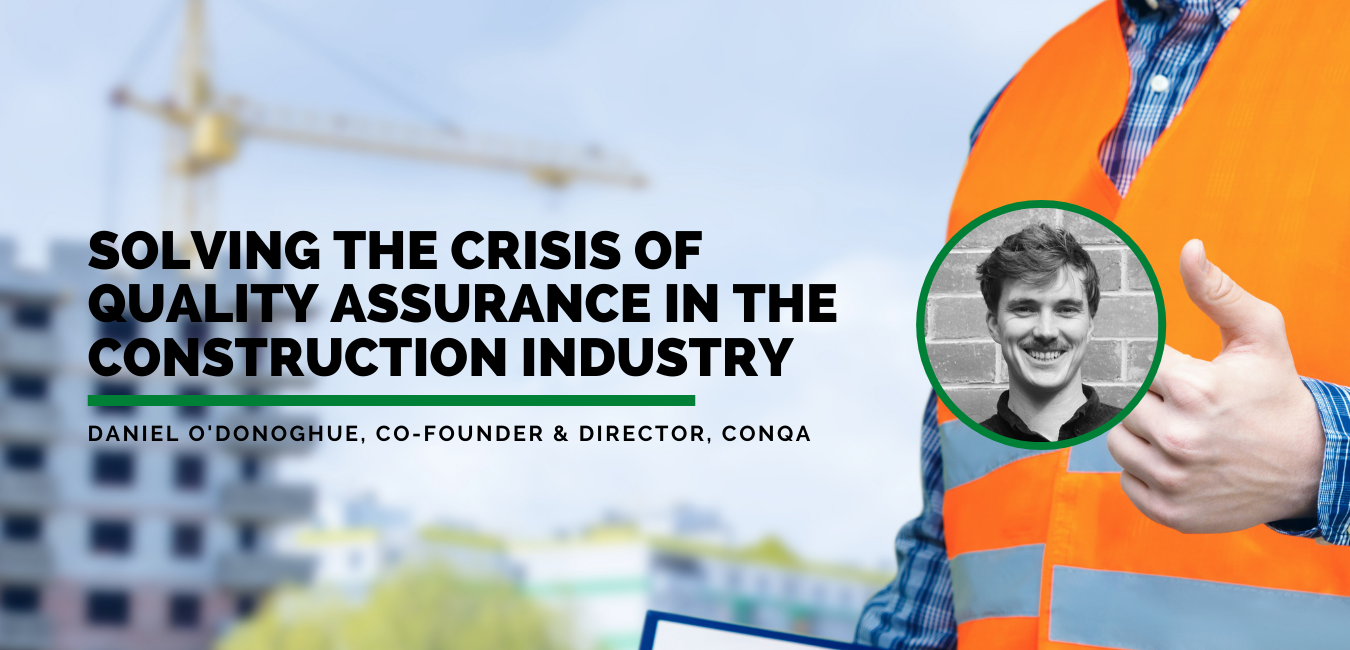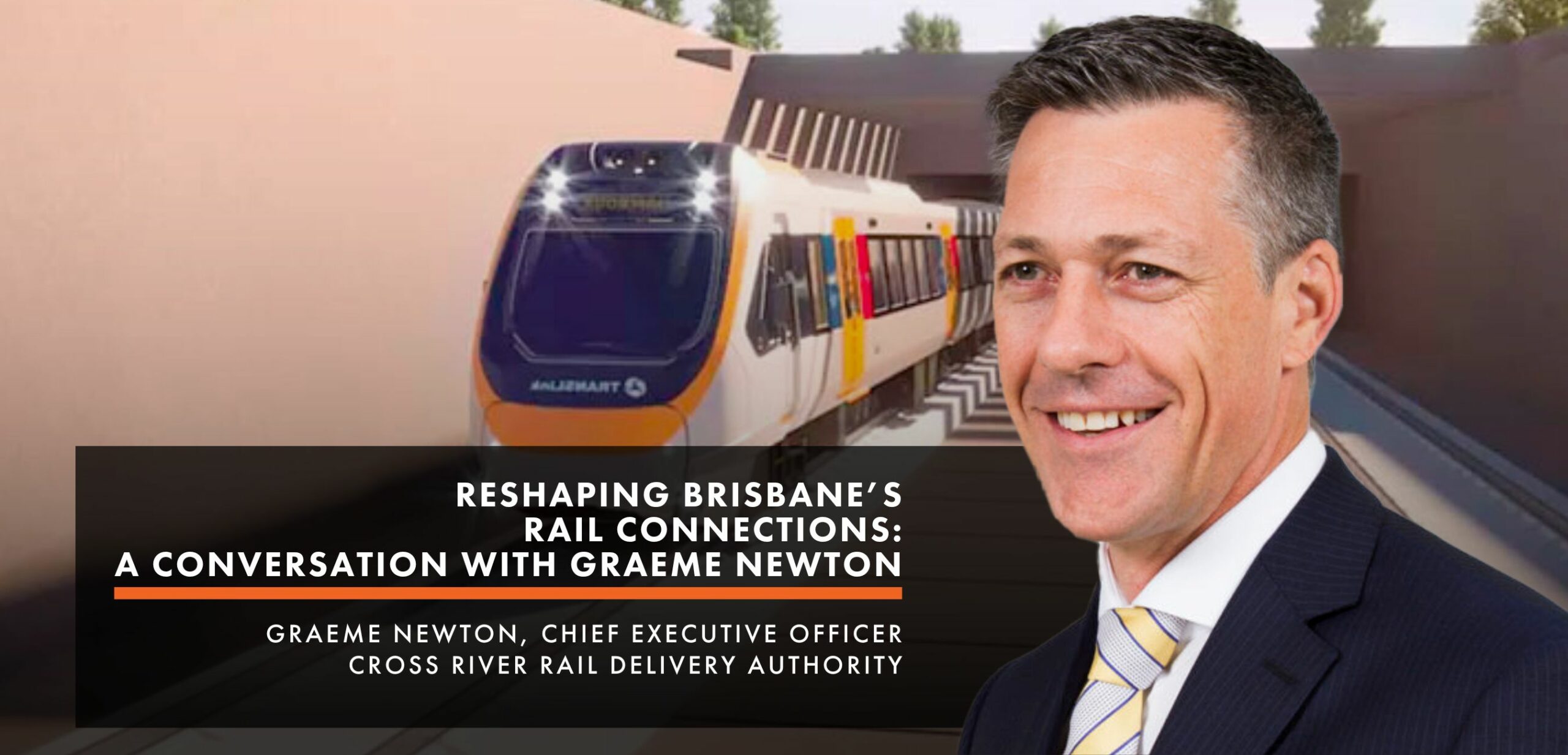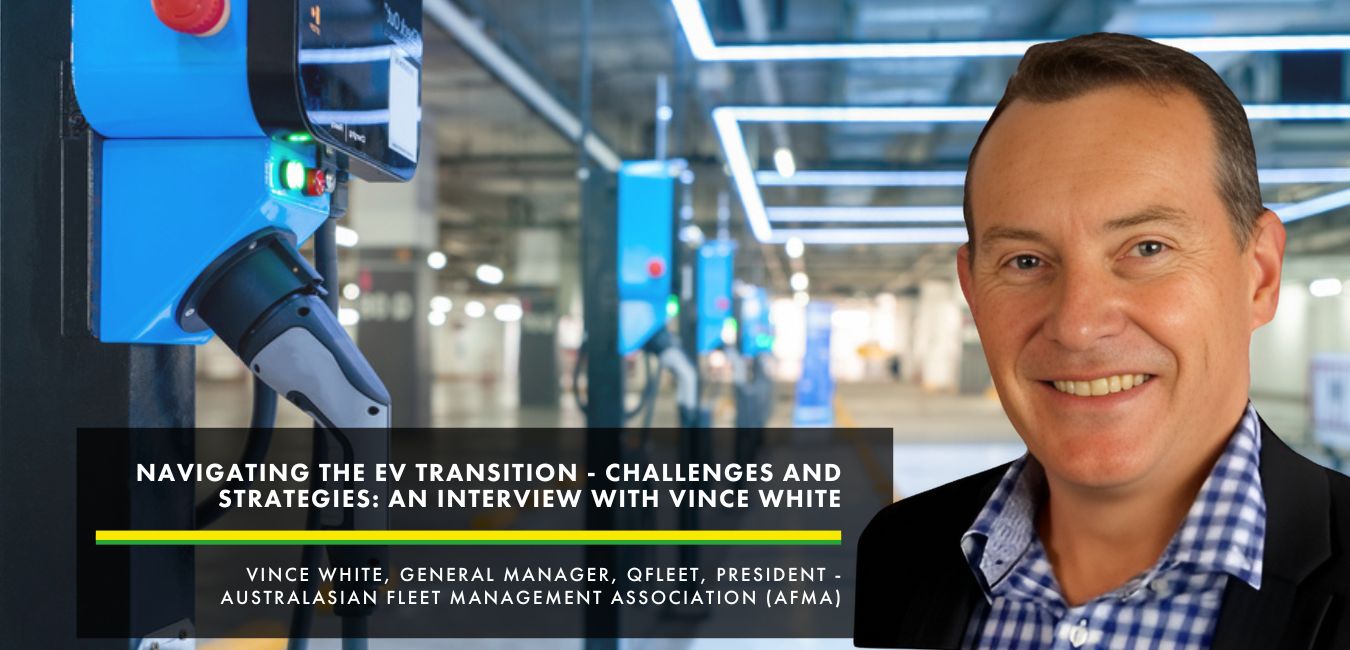A huge, undesirable cost to the industry that is taken through gritted teeth is rework. It can consume anything from 5-20% of a project’s value. This can include severe project delays and budget excesses, and often means getting tied up in contractual disputes. In some cases, rework was found to negatively impact productivity by up to 300%. And then there’s also the more insidious unseen errors and latent defects, which can feel like kicking you when you’re
down or when you thought you’d completed a successful project.
It’s a well known industry problem, and the New South Wales Building Commissioner and his team are leading with great efforts to elevate industry standards using regulation. But as David Chandler has noted, innovation must play a role too.
Innovation is about challenging the status quo, and ‘tick & flick’ Quality Assurance is a status quo that must be dismantled. QA inspections and checklists are so often completed inaccurately, long after doing the work and far from the relevant site areas. If this practice were to exist in aviation, your pilot would be completing their preflight checklist after they’ve taken off, or in some cases, landed.
The ubiquitous ‘tick & flick’ is largely due to the tools available for QA – they are impractical and not user-friendly. Whether it’s the traditional paper method or complicated digital software, most struggle to make the complex task of routinely checking through large volumes of work a realistic feat for site workers. For example, on a tower in Melbourne, one plumbing contractor had over 21,000 QA checklists to complete. It’s a near impossible task to do without the right tools, so it’s easy to see how the ‘tick & flick’ came to be so rampant.
A grassroots approach to innovation
This is where user-friendly software becomes essential. Usability should be the leading design and purchase criteria. If the software is practical and thoughtful enough so that anyone on site, and I mean anyone, can actually incorporate it into their daily chaos, then that is when we will start to see real impact. That plumbing contractor in Melbourne, with the 21,000 checklists, reduced their rework by 80% by using a practical digital QA tool like CONQA. Others have come close to zero defects, saving them hundreds of thousands of dollars. Site workers say it saves them an average of three hours a week, but for some that advantage comes to 2 hours a day.
The bulk of project spend happens at the contractor level, and logically, that is where potential for industry-wide transformation lies. For us to truly move towards a digital future, we must bring along the majority of the workforce on the journey. Their genuine participation is necessary for any real, meaningful change to occur. Power is often diluted through the levels of the industry, but achievements at the contractor level benefit everyone.
Market Leaders Driving Transformation
Market leaders have started to understand this value, and are seeing significant results from investing in ‘site friendly’ technology. General contractors like Multiplex, clients like Auckland International Airport are emerging into this space and have begun mandating contractor-first tools on their projects. When all the contractors on a project use the right digital QA tools, quality outcomes compound and the real opportunity appears. Planning QA from the get-go and keeping sequencing tight enabled CMP Construction to finish their project 10 weeks ahead of schedule.
Quality isn’t just about the final asset, it’s also about how quickly it gets there. The true function of QA is getting it right the first time around, which saves everyone a few years of stress-related hair loss from chasing their own tails all the time. User-friendly, digital QA is one of the simplest solutions on the market solving for one of the largest costs to businesses, one that most completely overlook and are happy to just work around.
A solution to rework is sitting in the pocket of any site worker. It’s our role to ensure that the tools they are given remove the burden of complexity, rather than add to it. While a ‘user-friendly design’ is often readily tacked on to a software’s value proposition, I invite you to carefully consider what that actually means in the context of a construction site.
Future of Construction Summit
Daniel will be speaking at our upcoming Future of Construction Summit, taking place from 12-13 May 2021. Get insights on how the entire ecosystem of construction will change, how much value is at risk for incumbents, and how companies can collaborate and leverage innovative approaches to create a more profitable and sustainable industry.







